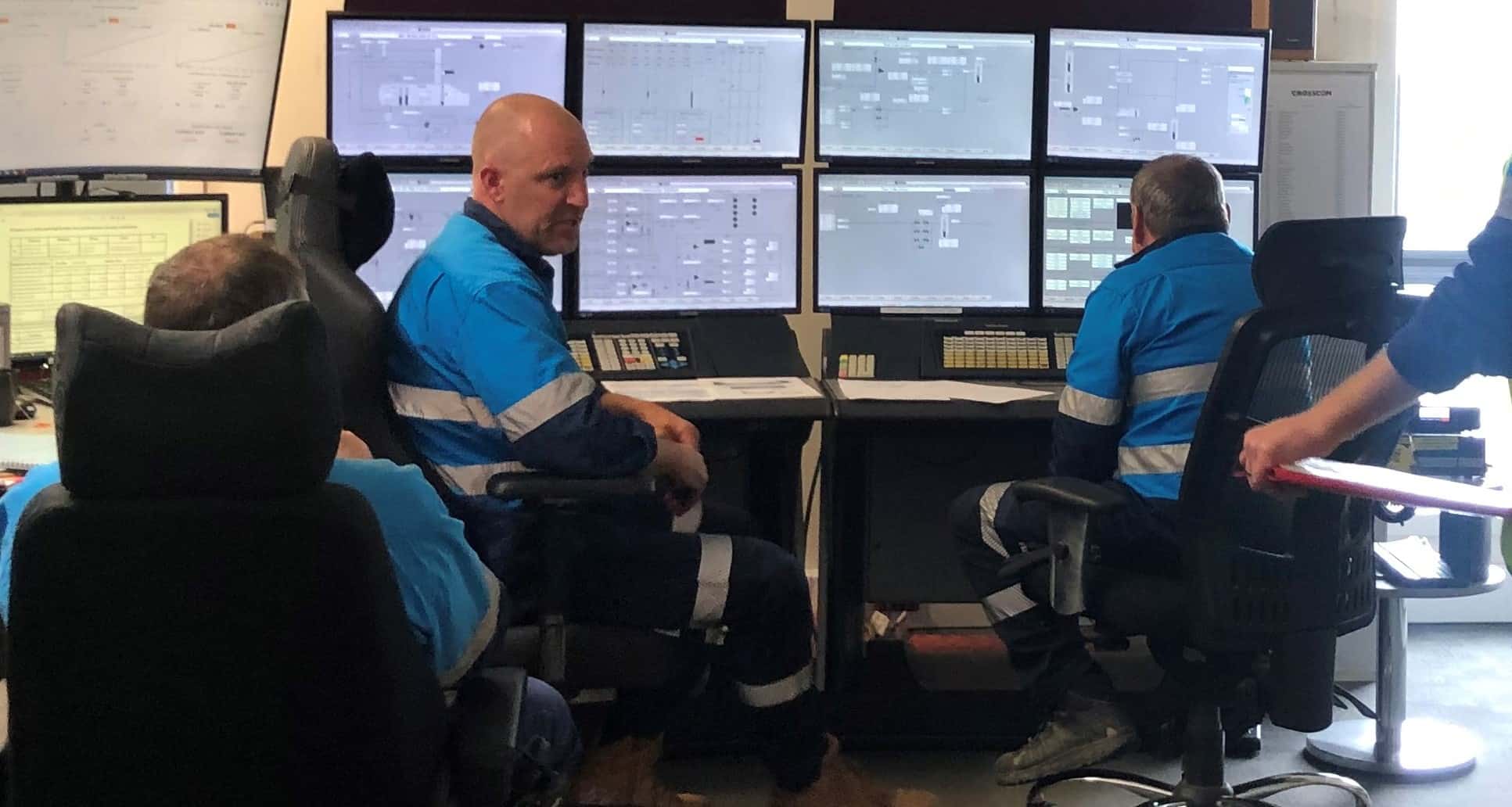How To Future Proof Your Business
So, you want to future proof your business to maximise a successful recovery in the event of an emergency or crisis. Where do you start?
Nuffield Group provides Emergency and Crisis Management services to its customers and one area we focus heavily on is the importance of planning for disruption from a wide range of natural and man-made causes.
Emergency Management is essentially made up of four pillars;
• Prevention
• Preparedness
• Response
• Recovery
The first three pillars are generally understood. There are many examples of activities around planning prevention, preparing response, and responding to an emergency event. Most organisations undertake these three pillars in order to meet health, safety and environmental compliance as part of good governance programmes. However, the fourth pillar, recovery, is often seen as an outlier – something to tackle only when it is time to recover.
Governments and agencies have been developing their thinking about what makes for a good recovery and many have produced recovery frameworks based on key take-outs from actual emergency events.
What enabling factors assist a business in preparing recovery plans?
At the centre of every emergency event are people; Generally, these are your employees, contractors, shareholders, stakeholders, customers and community members who have varying levels of dependence on your organisation. All of these groups face consequences as the result of an emergency event impacting your organisation and some of these impacts can be very deep, affecting their lives, health and livelihoods.
Recovery is about alleviating the negative impacts of an emergency event on a business by enabling the people and removing any and all uncertainty. Through enabling, the organisation and those people impacted can collectively commence to rebuild, restore and resume a level of normality to their operations and their lives.
The question of how to activate enablers is a complex one and depends on many factors such as business values, priorities, strengths and weaknesses, leadership and history. But experienced emergency managers subscribe to six key principles of recovery:
Principles of recovery:
1. Understand the context
Successful recovery is based on an understanding of the business’ operating environment and requires adaptability.
2. Recognise complexity
Successful recovery is responsive to the complex and dynamic nature of the emergency and the business.
3. Use business led approaches
Successful recovery is business-centric, responsive and flexible, engaging with all stakeholders to move forward.
4. Coordinate all activities
Successful recovery requires a planned, coordinated and adaptive approach, between businesses and stakeholders, based on continuing assessment of impacts and needs.
5. Communicate effectively
Successful recovery is built on effective communication with and between all affected stakeholder groups.
6. Recognise and build capacity
Successful recovery recognises, supports, and builds on individual and organisational capacity and resilience. The capacity needs of a business are assessed and integrated with other risk management practices adopted by an organisation. Recovery management is a key element of any business’s risk management framework.
What does this mean for your business?
These six principles apply equally in your business as they will provide your organisation with the resilience it requires to manage the shocks and stresses an organisation will often face in an emergency event.
Establishing likely emergency scenarios on your business’s risk matrix can assist to inform your recovery plans ahead of time and help build your business continuity plan.
Above all else remember, recovery is not an afterthought.
Nuffield Group provides consultancy and advisory services and also has an online platform, GNTX, for the exchange of non-competitive information and tools allowing businesses to share, download and modify frameworks and documents for their own use. Find out more about GNTX here.



